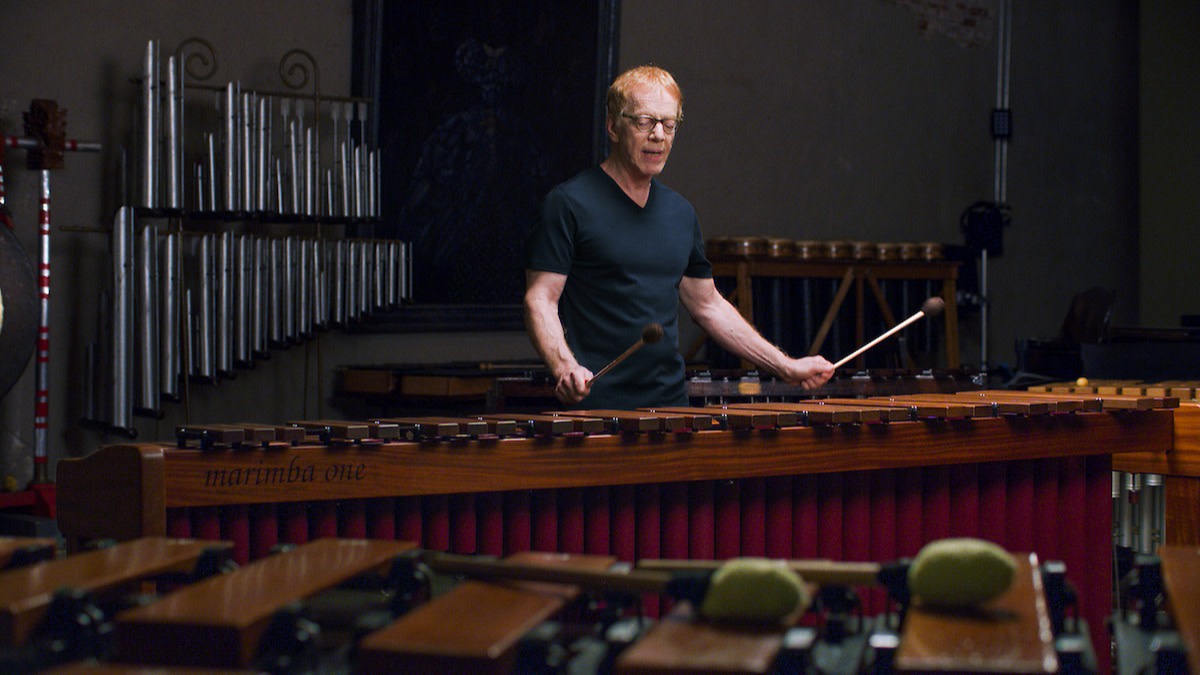Danny Elfman’s 5 Tips for Instrumentation in Musical Scores
Written by MasterClass
Last updated: Aug 27, 2021 • 4 min read
Instrumentation is the process of combining different instruments into a single score. Film composers go through this process after they’ve written a basic score, and this is when they decide which instruments will play which parts to achieve their desired sound.
Learn From the Best
Danny Elfman’s 5 Tips for Instrumentation
Composer Danny Elfman, who has written over 100 scores for feature films, from Edward Scissorhands to Good Will Hunting, shares his tips for instrumentation.
1. Start With an Instrument You Know
When you first sit down to work on thematic and orchestration ideas for your score, use an instrument you’re comfortable with (even if that particular instrument doesn’t end up in your final score). It’s an easy way to experiment with more themes and material and even demo scores for filmmakers.
Historically, film composers have used the piano during early instrumentation, because the range of a piano’s sound creates a perfect testbed for melodies, rhythmic material, and chords. These days, composers have a wide array of software, synthesizers, and samples to work with. Both physical instruments and digital ones are great tools for film composers. In Danny’s words, “The digital realm versus the orchestral realm—I see them as two hands on the same body.” Use whatever it is that you prefer to work ideas out on.
2. Experiment Frequently
The early stage of the instrumentation process is the perfect time to experiment with unique sounds that will give your score its own distinctive character. Danny often plays with the percussion instruments he first began to collect on his travels—the gamelan, the marimba, the balafon—in addition to other acoustic percussion instruments he has, the synthesizer, the piano, or even the prepared piano (which has metal objects placed among the piano strings to deaden or otherwise affect the sound of the notes as the keys are struck).
Danny also incorporates non-traditional percussion into his music: military surplus gear, beer cans, measuring cups, and other objects that can be added into the sounds of the standard orchestra or synthesizers. Endless effects can be achieved with this kind of experimentation.
For even more flexibility during instrumentation, you can sample your instruments, which means recording their sounds for further experimentation in a digital workspace. Sampling your instruments will allow you to process and manipulate them in any number of ways in your composing software so that you can play them any way you wish to in the context of the score.
3. Make Sure You Prepare Your Experimental Sounds Carefully
If you decide that you want to use non-traditional percussion in your final composition—like the crunching of beer cans or the clanging of chains—you’ll need to make sure that you select and prepare them well before you’re on a recording stage using up precious time with expensive session musicians. Non-traditional sounds can be difficult to work with since they are often difficult to time or adjust the volume of when performing live. You may want to pre-record any kind of special percussion effects to the appropriate timings in your own studio and bring them into the recording sessions as pre-existing elements.
4. Use Synths and Samples
A full orchestra may be a luxury your production can’t afford. In that case, you may be limited to a small ensemble or strictly synthetic music. Synths and samples offer a whole range of sounds and rhythms—digital instrumentation, percussion, vocals, and orchestra—that could never be created or duplicated by an orchestra. You may even prefer the level of control you have on the overall sound of your score when you’re adjusting every fader and filter. Conversely, you may want to capture some of that sound with live players.
You’ll see a lot of synthetic music in the suspense and horror genres because of the way it can create piercing, atonal attacks or subtly menacing atmospheres. Achieving the warmth and beauty in a synthetic score is much more challenging. (Pro tip: If you’re limited by budget, grounding a synthesizer score with piano is a good way to create an emotional connection with the viewer while still exploring the experimental potential of synthetic sounds.)
5. Take Advantage of the Many Resources for Composers
If you’re looking to experiment with digital samples and plug-ins, here are a few Danny-approved libraries to kick things off:
- Spitfire Audio: Woodwinds & Percussion
- Spitfire Albion: Strings
- Cinematic Strings: Short strings
- Cinesamples: Brass
- East West: General orchestral
- Native Instruments: General orchestral & Kontakt Player, for making your own custom samples
- Heavyocity: Aeon, Evolve, Damage
- Zebra: Synth
- Spectrosonics Omnisphere: Synth
- Alchemy: Synth
- Absynth: Synth
- Massive: Synth
Want to Learn More About Film Composition?
Whether you're an aspiring film composer or simply want to learn more about musical composition, navigating the complex world of music and film can be daunting. No one knows this better than versatile and accomplished film composer Danny Elfman. Danny has scored over 100 films ranging from The Nightmare Before Christmas to Good Will Hunting. In Danny Elfman's MasterClass on music for film, the four-time Oscar nominee shares his approach to writing feature scores, working with directors, and identifying themes and melodies.
Want to become a better composer? The MasterClass Annual Membership provides exclusive video lessons from master composers, including, Danny Elfman, Hans Zimmer, Itzhak Perlman, Herbie Hancock, and more.
